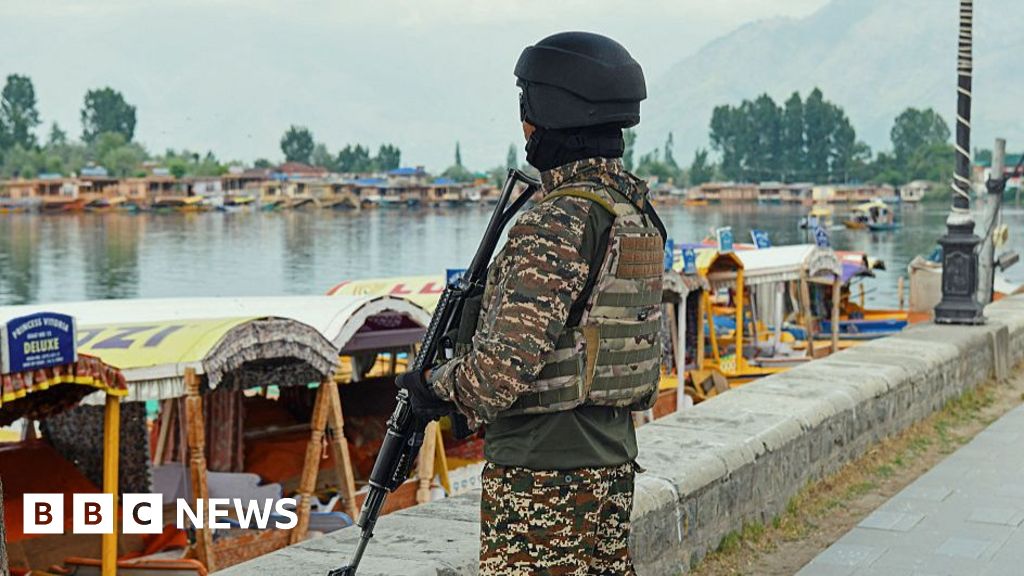Kashmir Conflict and Ceasefire Efforts
The Kashmir conflict has been ongoing for decades, with the region experiencing periods of relative calm punctuated by outbreaks of violence. The latest ceasefire is a welcome development, but it is unclear whether it will hold, and residents remain skeptical about the prospects for a lasting peace. The international community must continue to support efforts to find a solution to the conflict, addressing the underlying issues and concerns of all parties involved.

Kashmir is slowly returning to normalcy after a brief lull in fighting between India and Pakistan, but residents remain cautious and skeptical about the ceasefire, citing unresolved political issues and a decades-long conflict as the root cause of the violence.
The region has faced unprecedented escalation in recent days, with drones, missiles, and cross-border shelling causing widespread fear and destruction. According to residents, hundreds of thousands of people have been caught in the crossfire, and thousands have been forced to flee their homes. The Indian government's crackdown on dissent and the Pakistani military's support for armed groups have exacerbated tensions, leading to a complex and volatile situation.
Despite the ceasefire, residents remain fearful, with many doubting whether the truce will hold. The Indian government has accused Pakistan of violating the ceasefire, with drones reappearing in the skies and explosions still being heard. The US played a significant role in de-escalating the situation, with President Donald Trump announcing a ceasefire between India and Pakistan on Saturday, following four days of cross-border clashes.
Experts believe the US played a crucial role in defusing the crisis, with some attributing its success to its deepening ties with India and its ability to exert diplomatic leverage. However, doubts remain about the ceasefire's durability, with some analysts suggesting it may be fragile and lack proper guarantees and assurances. Residents on both sides of the border expressed relief, but many in Kashmir said the ceasefire did not address the underlying issue and that long-term solutions were needed.
As the region slowly returns to normalcy, residents are asking for a lasting solution to the conflict, rather than just a temporary pause. They want an end to the cycle of violence and destruction that has plagued the region for decades, and a chance to rebuild their lives and communities. The international community, including the US, UK, and Saudi Arabia, must continue to support diplomatic efforts to find a lasting solution to the Kashmir conflict.